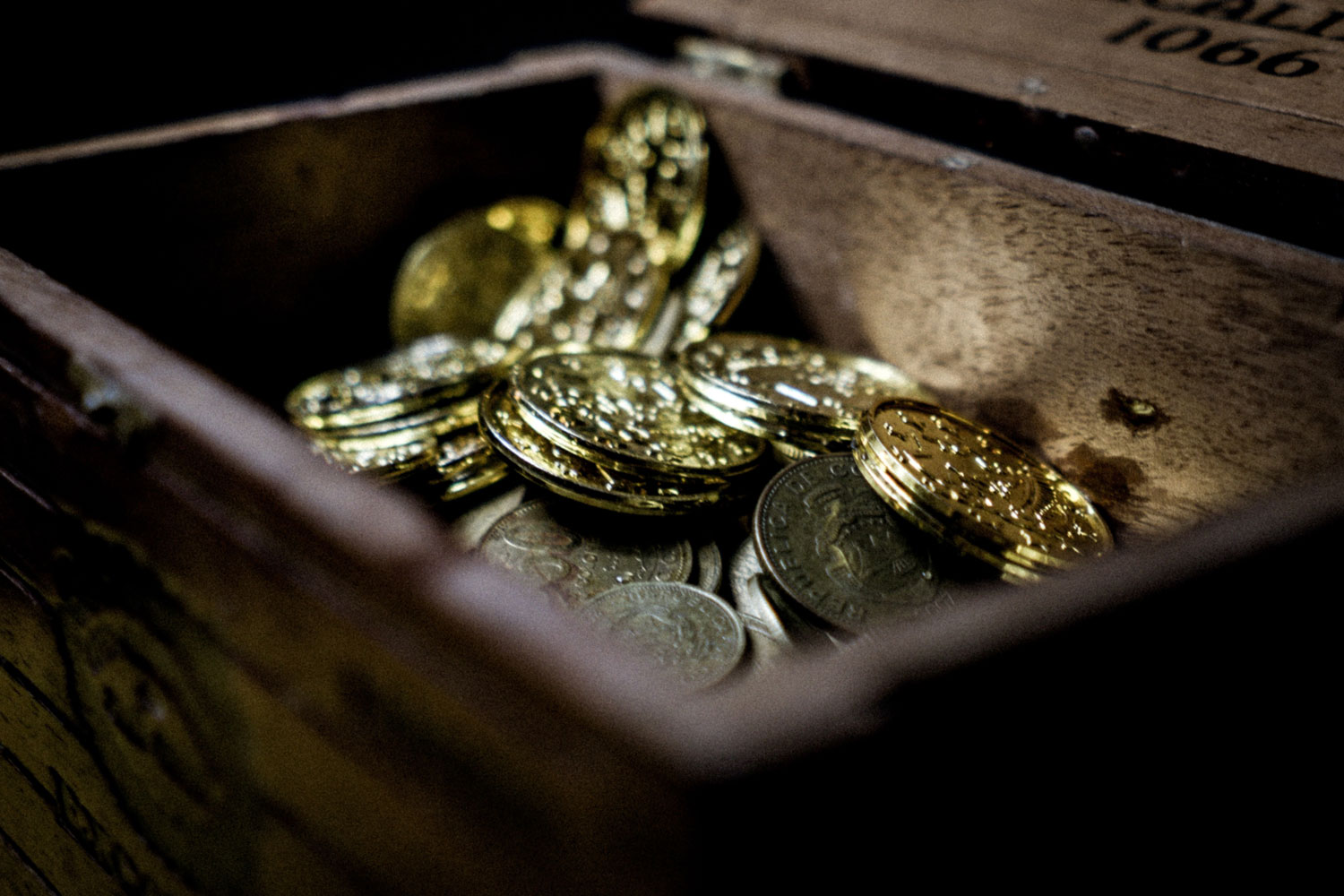Finding buried treasure might be the goal for every pirate and the plot of the occasional family film, but it happens more often than you might think. With recent changes to the law having been introduced this year (it’s going to become more likely), here’s what developers and landowners digging around need to know:
What is considered ‘treasure’?
There are a range of categories by which the Treasure Act defines treasure, aside from the inability to establish the owner, it focuses predominantly around the item’s age and material.
Prior to this summer, this included:
- items which are substantially gold or silver, more than 200 years old – deliberately hidden with an intention to recover and the original owner is unknown;
- any item of 10% or more silver or gold, more than 300 years old;
- two or more coins made of at least 10% gold or silver which are more than 300 years old;
- 10 or more coins (silver or gold content immaterial) which are at least 300 years old;
- any group of two or more base metal objects which are of prehistoric date;
- any prehistoric object which has any gold or silver content (other than coins).
What’s new?
In July 2023, the Secretary of State introduced a further category of treasure to the law. This defined treasure as any item with any metal content that provides an exceptional insight into national or regional history, archaeology or culture owing to its rarity, location or connection with a particular person or event.
This new definition is important as it now incorporates items which have great cultural importance but are not obviously valuable. For example, items that are prehistoric made of base metal but display exquisite levels of workmanship, helping to deepen our understanding of the sophistication and trade networks of past societies.
Failure to report treasure remains a criminal offence so the new definition brings risks to finders: it creates a subjective element to the process and finders who do not take adequate advice about a find and do not appreciate its significance might find themselves on the wrong side of the law.
Before stating work on a site
The discovery of treasure could bring with a finder’s reward because items of treasure belong to the Crown. The Crown offers all treasure to museums and collections and if it is purchased by a museum/collection the proceeds of sale are usually split between the landowner and the finder. If it is not purchased by a museum, it is returned to the landowner or finder and they can choose what they wish to do with it.
If you are starting work on a site that you do not own (for instance for pre-planning investigations) it’s wise to have an agreement with the landowner about what will happen to any archaeological finds and how any rewards will be split – after all, as a developer you will have been funding the work that uncovered the item.
What if you find treasure?
If you find an item which you think may be treasure, report it to your local Portable Antiquities Scheme officer – based in each county and city of the UK – within the legal 14 day window.
It only requires an email to them with pictures of the item and details of where you found it. They will then provide a swift assessment of what you have found and will guide you as to the next steps you should take – which could involve reporting the find to the Coroner.
Whilst carrying out groundworks at a site, it is recommended to have the support of a professional archaeologist to ensure whatever is unearthed is properly recorded and reported. Even if you have the services of one, it is important that you make sure all reports of possible treasure have been made as the responsibility ultimately lies with the person who hired the archaeologists.
Rebecca Dixon, Legal Director in the Thrings Development of Land team, said: “Finding treasure can be quite a surprise and is a wonderful privilege but it also comes with responsibilities. Whether you are a detectorist or the developer of a 300-home site, the first thing you need to do is check what you have found with an expert and report it if you have reasonable grounds to think that it may be treasure.
“As soon as it is unearthed the clock is ticking on the 14-day window and, even if they are unsure, finders should look to contact their regional representative of the Portable Antiquities Scheme to ensure they are staying on the right side of the law.”
The Thrings Development of Land lawyers are experienced specialists in all aspects of the built environment, working with landowners, developers and businesses. To find out how they can assist in the success of your development project, get in touch.


